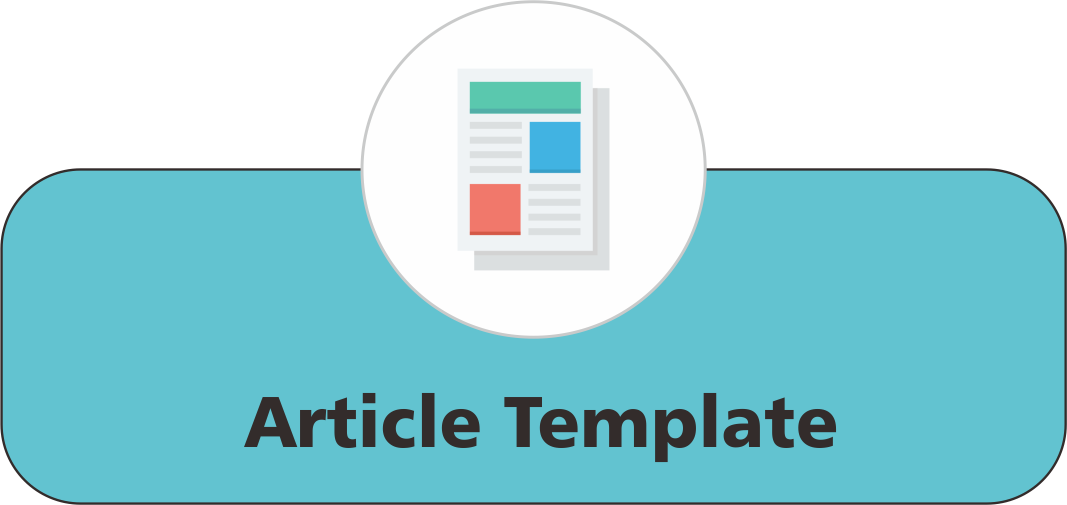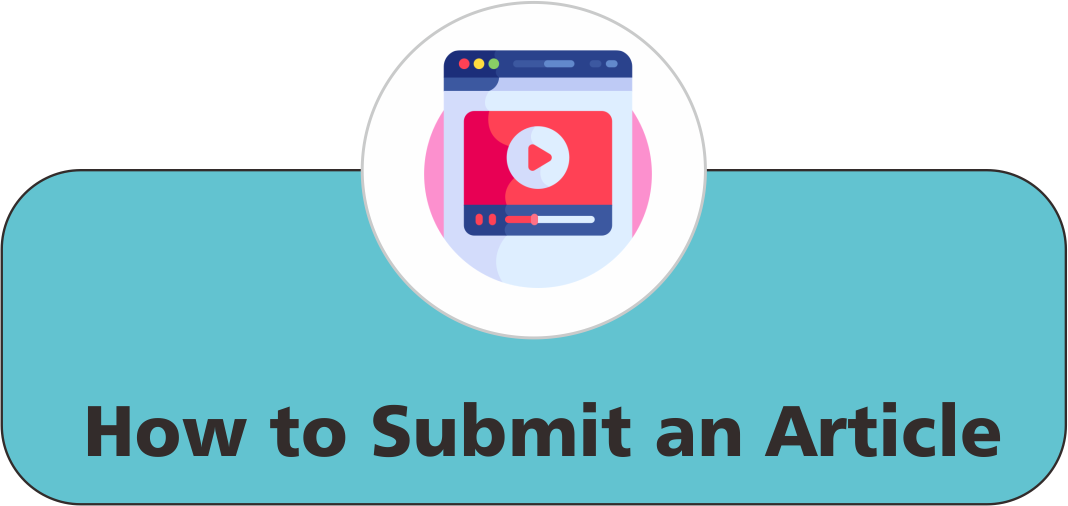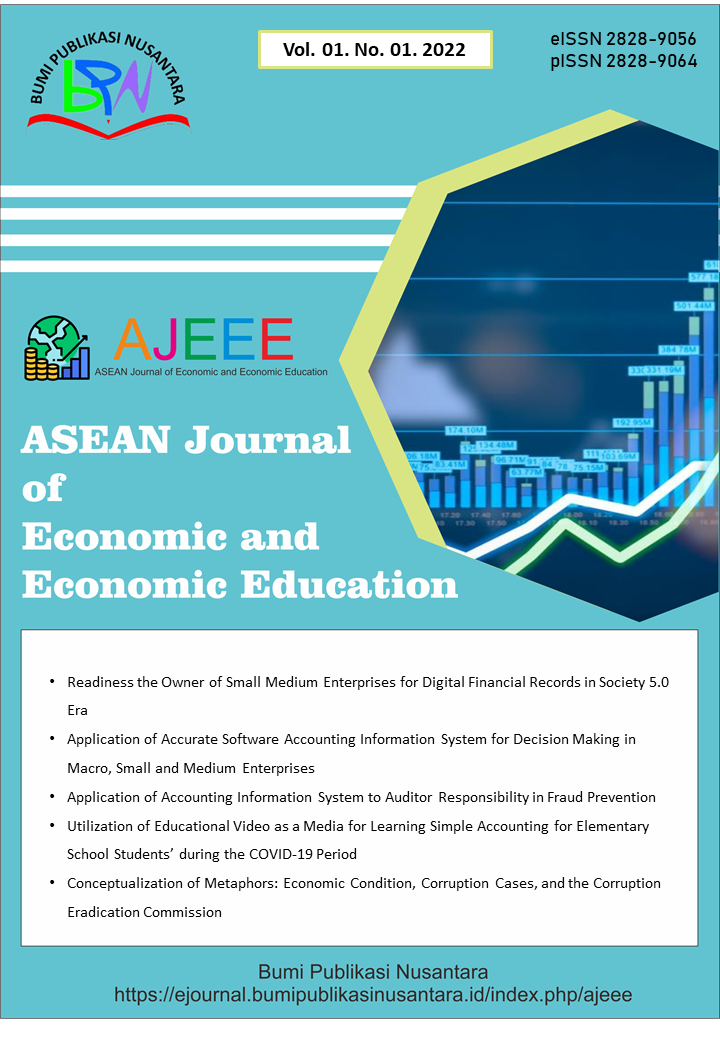Utilization of Educational Video as a Media for Learning Simple Accounting for Elementary School Students’ during the COVID-19 Period
 ), M. Muktiarni(2), Jonah Mupita(3),
), M. Muktiarni(2), Jonah Mupita(3),
(1) Universitas Pendidikan Indonesia
(2) Universitas Pendidikan Indonesia
(3) Ruya Adventist High School
 Corresponding Author
Corresponding Author
Abstract
Keywords
References
Baharuddin, I. (2014). Efektivitas penggunaan media video tutorial sebagai pendukung pembelajaran matematika terhadap minat dan hasil belajar peserta didik SMA Negeri 1 Bajo kabupaten Luwu Sulawesi Selatan. Jurnal Nalar Pendidikan, 2(2). 90-97.
Cruse, E. (2006). Using educational video in the classroom: Theory, research and practice. Library Video Company, 12(4), 56-80.
House, J. D. (2006). Mathematics beliefs and achievement of elementary school students in Japan and the United States: Results from the third international mathematics and science study. The Journal of Genetic Psychology, 167(1), 31-45.
Joshi, A., Kale, S., Chandel, S., and Pal, D. K. (2015). Likert scale: Explored and explained. British Journal of Applied Science and Technology, 7(4), 396.
Kurniawan, T. D., and Trisharsiwi, T. (2016). Pengaruh penggunaan media video pembelajaran terhadap prestasi belajar ilmu pengetahuan sosial siswa kelas V SD se-kecamatan Gedangsari Gunungkidul tahun ajaran 2015/2016. Trihayu: Jurnal Pendidikan Ke-SD-An, 3(1), 34-36.
Laaser, W., and Toloza, E. A. (2017). The changing role of the educational video in higher distance education. The International Review of Research in Open and Distributed Learning, 18(2), 264-267.
Muvawala, J. (2012). Determinants of learning outcomes for primary education: A case of Uganda. The African Statistical Journal, 15(1), 42-54.
Novita, L. (2015). Pengaruh penggunaan multimedia VCD terhadap motivasi belajar pada mata kuliah budaya masyarakat demokratis. Jurnal Kreatif: Pendidikan, Kebudayaan dan Seni, 18(2), 30-36.
Purwanti, B. (2015). Pengembangan media video pembelajaran matematika dengan model assure. Jurnal Kebijakan dan Pengembangan Pendidikan, 3(1), 44-47.
Sabrina, I. (2012). Kontribusi islam terhadap akuntansi. Al-Iqtishad: Jurnal Ilmu Ekonomi Syariah, 4(2), 290-295.
Sukmanasa, E., Windiyani, T., and Novita, L. (2017). Pengembangan media pembelajaran komik digital pada mata pelajaran ilmu pengetahuan sosial bagi siswa kelas V sekolah dasar di kota Bogor. JPsd Jurnal Pendidikan Sekolah Dasar, 3(2), 171-185.
Widodo, S. A. (2018). Selection of learning media mathematics for junior school students. Turkish Online Journal of Educational Technology, 17(1), 154-160.
Wisada, P. D., and Sudarma, I. K. (2019). Pengembangan media video pembelajaran berorientasi pendidikan karakter. Journal of Education Technology, 3(3), 140-146.
Article Metrics
Abstract View : 1130 times
: 1130 times Download : 286 times
Download : 286 times
Refbacks
- There are currently no refbacks.
Copyright (c) 2022 Yayasan Bumi Publikasi Nusantara

This work is licensed under a Creative Commons Attribution-ShareAlike 4.0 International License.

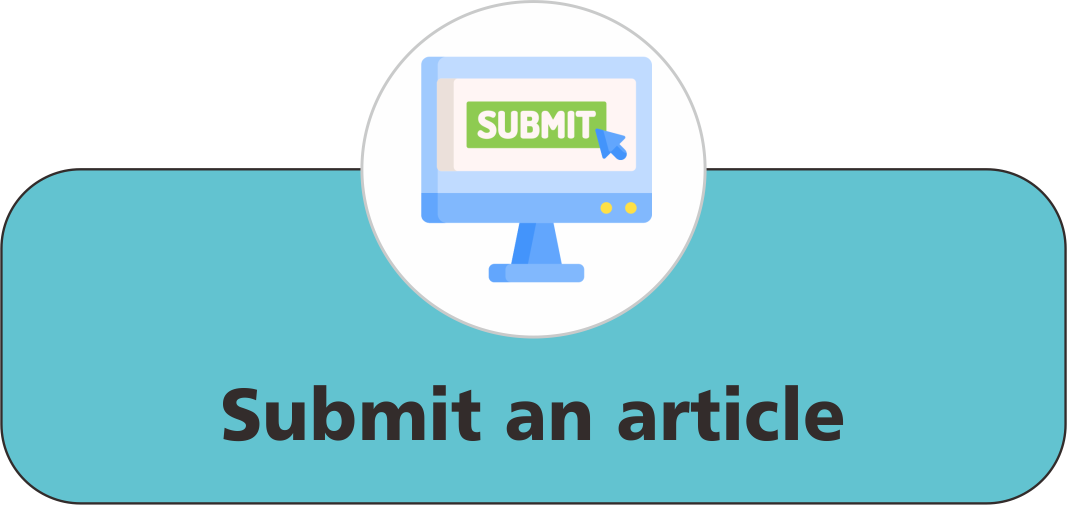
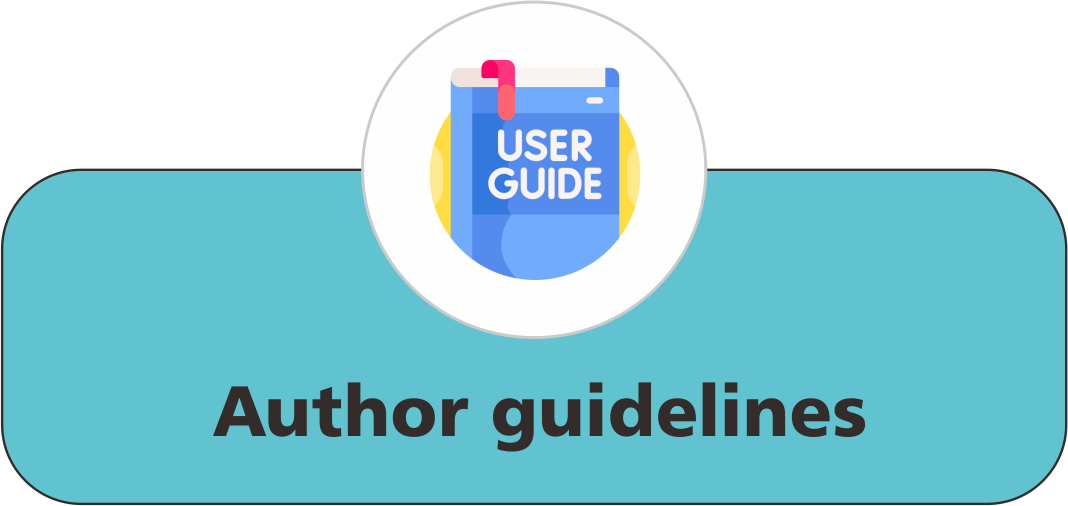
_publication_ethics1.png)
